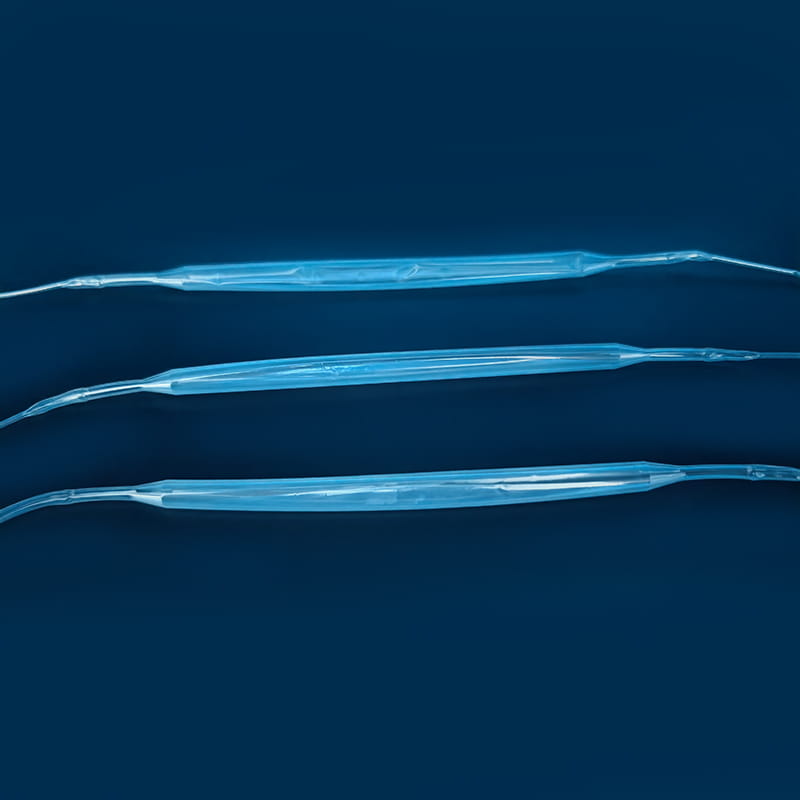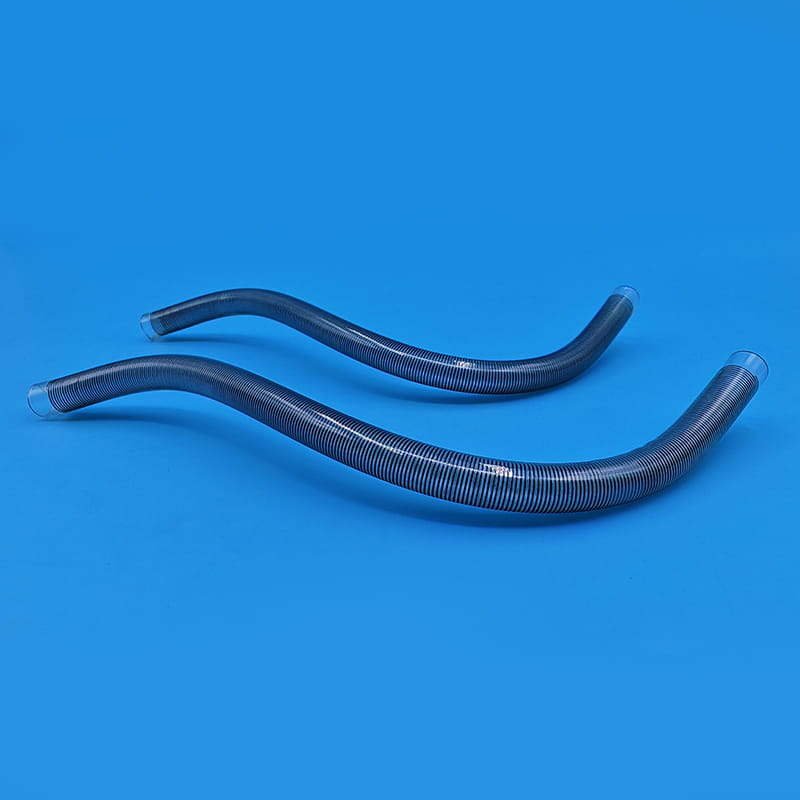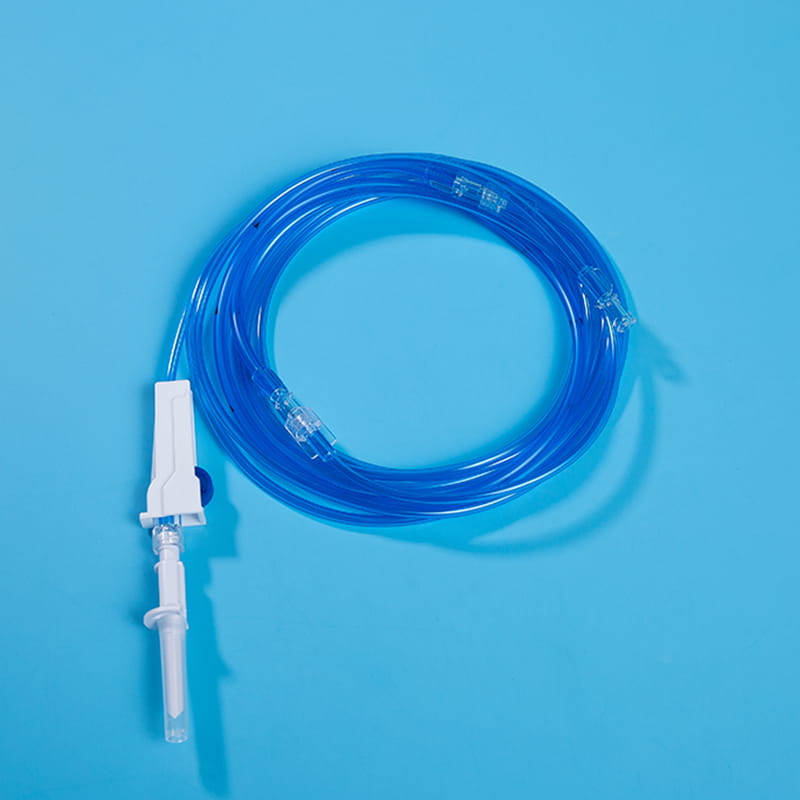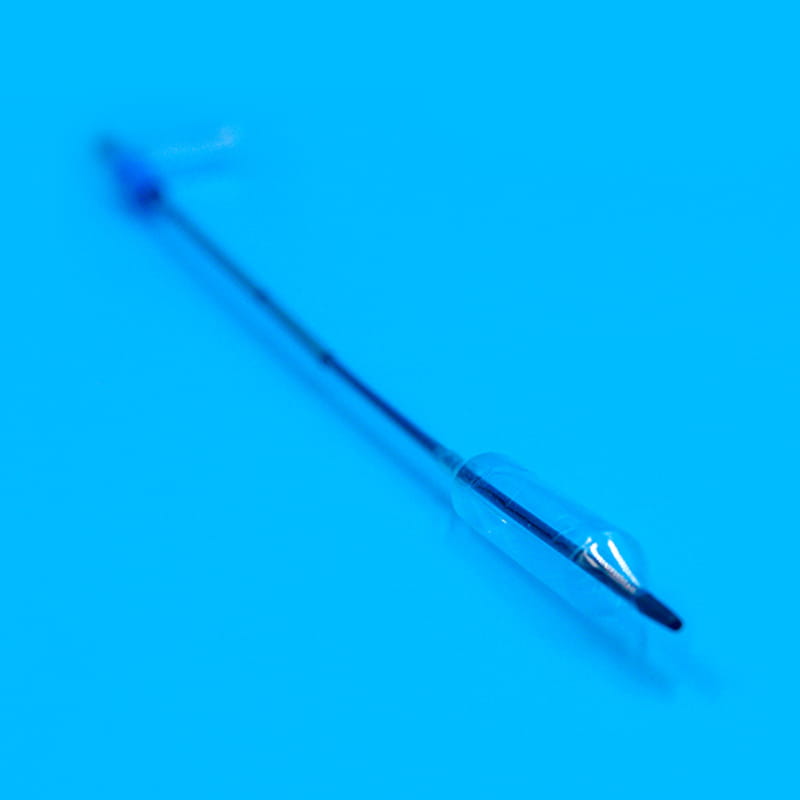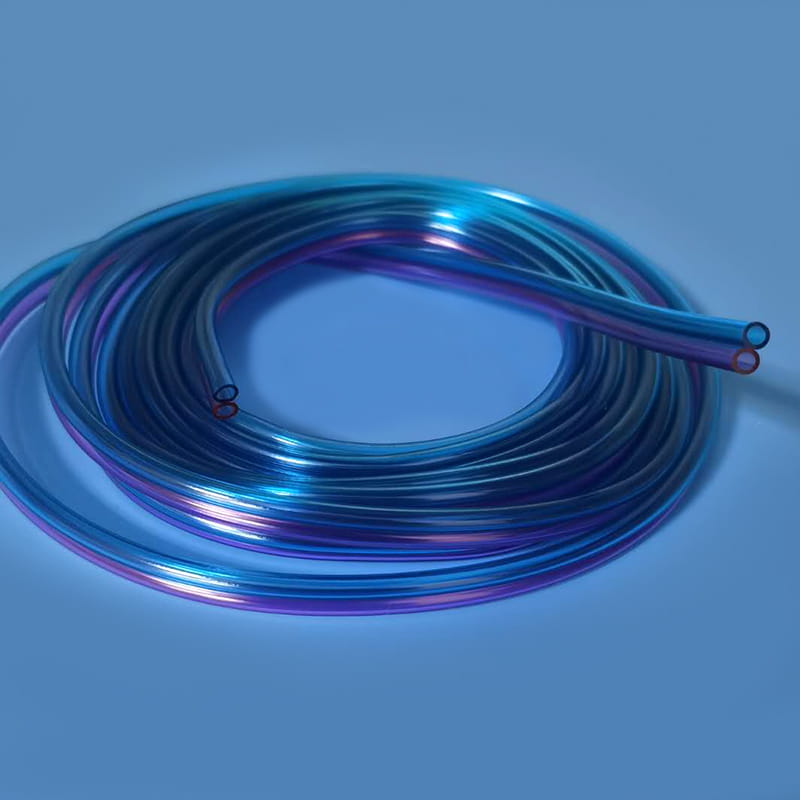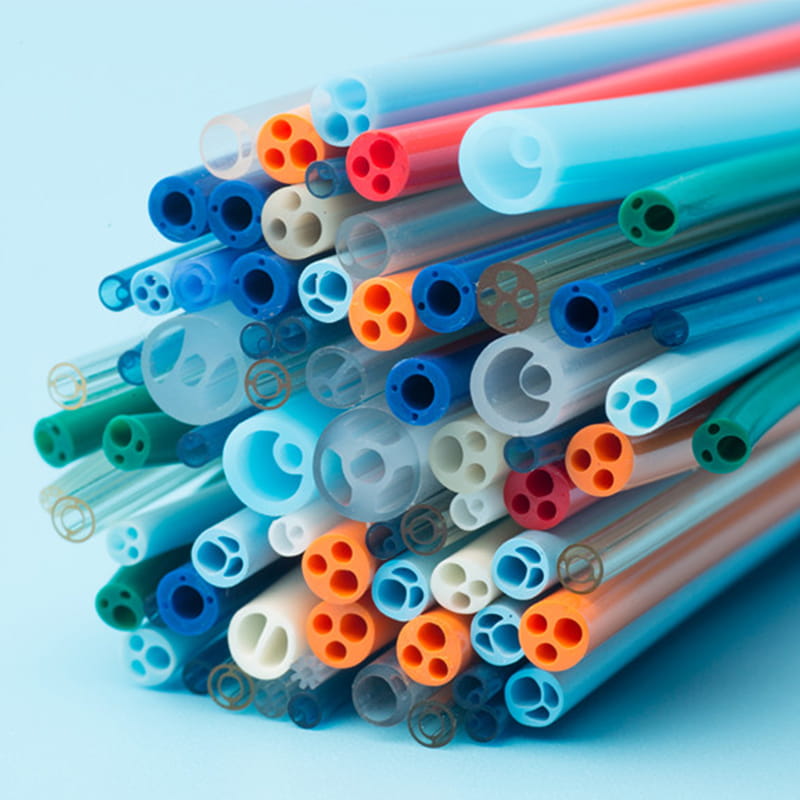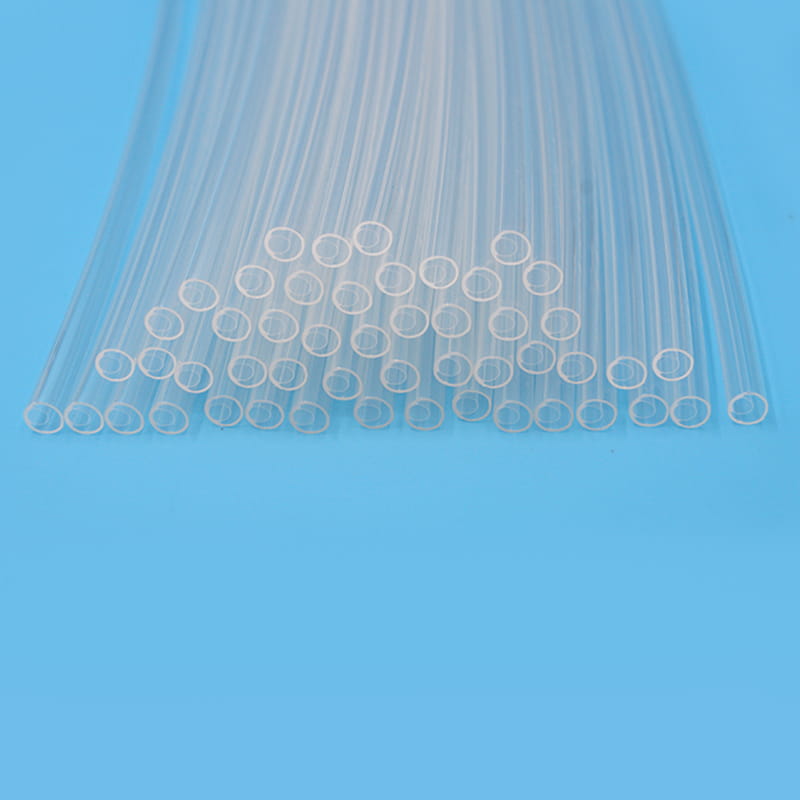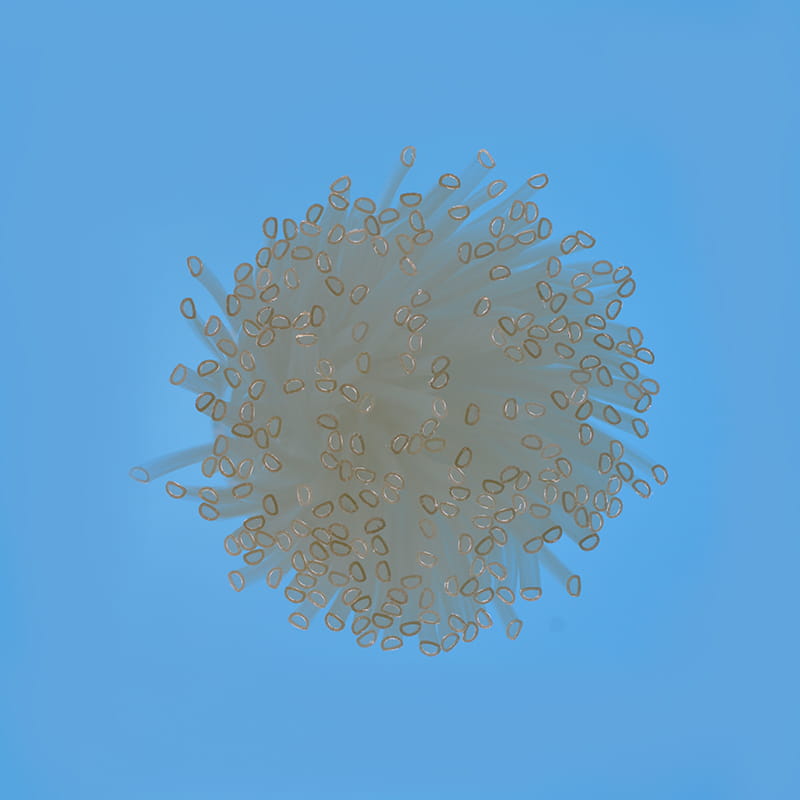What Is a Medical Balloon Catheter and How Does It Work?
Introduction
In the evolving field of minimally invasive treatment, the medical balloon catheter plays a crucial role as a precision tool for diagnosis, therapy, and targeted intervention. It combines structural flexibility, high-pressure resistance, and precise control, enabling medical practitioners to navigate complex vascular or tissue pathways with minimal trauma.
While multiple aspects define its performance—such as material composition, biocompatibility, and pressure response—one technical feature stands out for its direct impact on safety and performance: the temperature range. The ability of a medical balloon catheter to maintain stability and functionality under different temperature conditions determines not only its clinical reliability but also its compatibility with sterilization processes and long-term storage.
Structural Overview of a Medical Balloon Catheter
A medical balloon catheter typically consists of four main sections: the catheter shaft, balloon segment, lumen channel, and connector hub. Each part contributes to the overall mechanical performance and functional response of the device.
| Component | Description | Technical Function |
|---|---|---|
| Catheter Shaft | Flexible polymer tubing | Provides torque control and navigation through body pathways |
| Balloon Segment | Elastic polymer or composite | Expands under controlled pressure for dilation, occlusion, or stent placement |
| Lumen Channel | Central passageway | Allows fluid or air flow for inflation and deflation control |
| Connector Hub | Interface with control device | Enables connection with syringe or inflation system |
The internal design integrates precision layering to balance flexibility and strength. The balloon’s wall must expand uniformly under pressure, without material fatigue or temperature-induced deformation. Therefore, the temperature range tolerance becomes a key determinant in material selection and overall product reliability.
The Role of Temperature Range in Material Stability
Temperature range defines the and thermal conditions within which the medical balloon catheter can operate safely. This includes its behavior during storage, transport, clinical use, and sterilization.
Medical polymer materials such as polyurethane, nylon, and polyethylene terephthalate (PET) are commonly used because they provide stable elasticity and biocompatibility across a defined temperature spectrum. Each material demonstrates unique thermal response characteristics that influence catheter flexibility, pressure control, and expansion precision.
| Material Type | Typical Operating Temperature Range (°C) | Key Characteristics |
|---|---|---|
| Polyurethane | -20 to 80 | High elasticity, soft touch, moderate heat resistance |
| Nylon | -10 to 120 | Strong tensile strength, stable under high pressure |
| PET | -40 to 150 | High burst pressure, dimensional stability |
A properly selected temperature range ensures that the medical balloon catheter maintains mechanical strength and inflation consistency during procedures, even when exposed to varying body temperatures or sterilization cycles.
Working Principle and Functional Dynamics
The operation of a medical balloon catheter follows a controlled inflation–deflation mechanism. The physician inserts the catheter into the body, navigates it to the target site, and inflates the balloon through the lumen using sterile fluid or gas. The expansion applies localized pressure to open narrowed vessels, deliver medication, or position implants.
During this process, thermal equilibrium plays a vital role. The catheter must retain elasticity without becoming brittle in cold conditions or overly soft at elevated temperatures. A stable temperature range guarantees consistent inflation pressure and prevents balloon rupture or leakage.
The following simplified process demonstrates how thermal behavior integrates into the balloon’s working cycle:
Insertion phase: The catheter is introduced at room temperature, requiring moderate rigidity for control.
Navigation phase: Frictional heat slightly raises surface temperature; the material must resist deformation.
Inflation phase: The balloon expands within the body (≈37°C), requiring precise pressure retention.
Deflation and withdrawal: Temperature stabilization ensures smooth retraction without adherence or collapse failure.
Temperature Impact on Sterilization
Sterilization is a critical stage in the preparation of any medical device. The sterilization method must eliminate microbial contamination without compromising the structural or functional integrity of the catheter.
Common sterilization techniques include:
| Sterilization Method | Temperature Range | Advantages | Considerations |
|---|---|---|---|
| Ethylene Oxide (EtO) Gas | 37–63°C | Effective for heat-sensitive materials | Requires aeration time to remove gas residues |
| Gamma Irradiation | Ambient | Penetrates packaging, high efficacy | May alter polymer molecular chains |
| Steam Sterilization (Autoclaving) | 121–134°C | Rapid and reliable | Suitable only for high-heat-resistant materials |
The sterilization process must align with the temperature range of the catheter’s materials. For instance, polyurethanes may soften at temperatures above 80°C, making them unsuitable for steam sterilization. In contrast, PET-based balloons can tolerate higher heat, preserving their shape and function.
A mismatch between sterilization temperature and material tolerance can result in microcracks, dimensional distortion, or balloon wall thinning—defects that compromise performance and patient safety. Thus, precise temperature calibration during sterilization ensures both microbial safety and material stability.
Biocompatibility and Temperature Interaction
The concept of biocompatibility extends beyond simple tissue tolerance. It involves the material’s ability to maintain chemical and mechanical neutrality under physiological temperatures.
When exposed to body fluids, medical balloon catheter materials must avoid releasing harmful compounds, maintaining surface smoothness and flexibility. Temperature fluctuations—such as the difference between room temperature and body temperature—should not trigger chemical degradation or molecular breakdown.
A well-engineered catheter achieves equilibrium among biocompatibility, sterilization safety, and temperature endurance, ensuring that it remains functionally consistent throughout its lifecycle.
Design Optimization for Temperature Resilience
Advances in medical polymer materials have introduced new formulations that expand the functional temperature range of medical balloon catheters. Manufacturers employ multilayer extrusion and thermal conditioning to enhance durability.
Design optimization focuses on several key aspects:
Layered Balloon Structure: Incorporates a soft inner layer for flexibility and a reinforced outer layer for high burst pressure.
Thermal Crosslinking: Enhances polymer stability during temperature changes.
Surface Coating: Reduces friction and maintains catheter performance after sterilization.
Controlled Crystallinity: Prevents unwanted material expansion or shrinkage.
These innovations collectively extend the safe operational window, allowing the device to maintain precision under both cold and high-temperature sterilization environments.
Quality Control and Thermal Testing
Before clinical use, every medical balloon catheter undergoes rigorous testing to confirm its reliability under variable thermal conditions.
Key testing procedures include:
Thermal cycling tests: Repeated exposure to alternating hot and cold environments to evaluate structural fatigue.
Burst pressure evaluation: Measuring the inflation pressure at different temperatures.
Dimensional stability analysis: Assessing balloon diameter changes after thermal exposure.
Sterilization validation: Confirming material compatibility with selected sterilization methods.
Quality assurance teams establish temperature qualification protocols that ensure every batch maintains consistent properties within the defined temperature range.
Operational Guidelines for Clinical Use
To preserve catheter performance, healthcare personnel must adhere to strict operational and storage protocols.
| Condition | Recommended Practice | Purpose |
|---|---|---|
| Storage | Maintain between 10–40°C in controlled humidity | Prevent material hardening or softening |
| Pre-use Handling | Allow device to equilibrate to room temperature before use | Ensure flexibility |
| Sterilization Cycle | Follow manufacturer’s validated temperature limits | Maintain balloon integrity |
| Post-use Disposal | Avoid exposure to heat during waste processing | Prevent deformation or chemical release |
These guidelines reduce the risk of material fatigue and ensure that the catheter performs optimally during every procedure.
Conclusion
The medical balloon catheter exemplifies how precision engineering and material science converge in modern medical technology. Among its defining technical parameters, the temperature range stands as a fundamental factor influencing flexibility, sterilization compatibility, and long-term stability.
A carefully defined temperature spectrum allows the device to perform consistently from manufacturing to sterilization, and finally to clinical use. By maintaining controlled thermal behavior, the catheter ensures accurate inflation, biocompatibility, and safety in delicate interventional procedures.
For more information, please call us at +86-18913710126 or email us at [email protected].
A medical balloon catheter is a sophisticated medical device designed to perform a variety of proced...
Introduction The TPU Reducer Tube (Thermoplastic Polyurethane Reducer Tube) is a versatile and high-...
In modern medicine, medical catheters are indispensable tools used in a wide range of treatments and...
In the healthcare industry, the importance of selecting the right materials for medical devices cann...
In the era of precision medicine, a small tube often carries the weight of life-saving responsibilit...
In modern healthcare, precise fluid management is crucial for patient safety and treatment efficacy....


